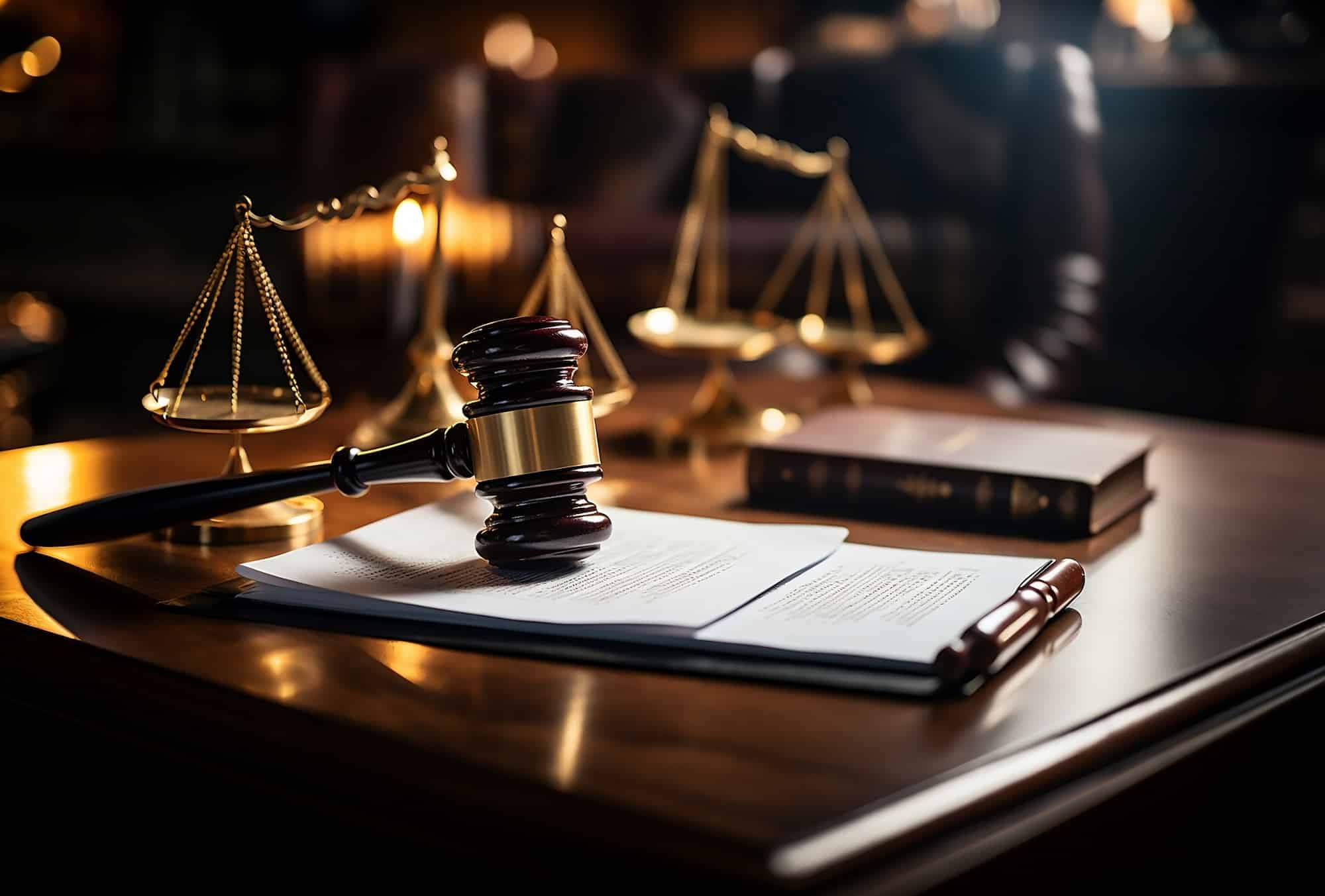Navigating the Complexities of Trial Presentations: Tips for Seamless Delivery and Compelling Disagreements
In the realm of legal proceedings, the art of trial discussion stands as a critical factor of success. As lawyers navigate the complex internet of court characteristics, the capacity to flawlessly provide debates and proof while mesmerizing the court's focus becomes paramount. The complexities fundamental in test discussions call for a delicate balance of ability, finesse, and technique. By refining techniques that make sure a refined delivery and crafting compelling debates that resonate with the target market, attorneys can substantially improve their advocacy. In a world where persuasion preponderates, understanding the details of trial discussions is not merely an option yet a necessity for those seeking to dominate in the court room.

Understanding Trial Objectives
To successfully navigate a trial, it is essential to have a clear understanding of the purposes that need to be achieved. Before entering the courtroom, legal groups need to specify their objectives and wanted outcomes. These objectives work as leading concepts throughout the test, shaping methods and affecting decision-making procedures.
Understanding trial objectives includes a thorough analysis of the case, legal precedents, and the customer's finest interests. Trial Presentations. It needs a thorough exam of the realities, recognizing crucial problems, and expecting prospective challenges. By establishing measurable and specific goals, lawyers can tailor their presentations and arguments to align with the desired outcomes
Additionally, a clear grasp of test goals allows lawful groups to prioritize proof, witnesses, and legal arguments properly. It enables for the development of a systematic narrative that resonates with the discretionary, reinforcing the general case discussion.

Organizing Evidence Properly
Having a clear understanding of trial goals lays the structure for arranging evidence efficiently in lawful process. By straightening the presentation of proof with the wanted outcomes of the trial, legal teams can enhance their debates and boost their persuasiveness.
Another key element in organizing evidence successfully is establishing a rational circulation. Offering proof in a sequential and meaningful manner can help build a compelling story that supports the lawful disagreements being made. Furthermore, utilizing aesthetic help such as timelines, graphs, or charts can additionally boost the company of proof and assist in clarifying complicated partnerships or series of occasions.
Additionally, guaranteeing that all proof presented is permissible and relevant to the situation is essential. Irrelevant or inadmissible evidence can detract from the toughness of the disagreement and potentially damage the reliability of the providing celebration. Therefore, a careful testimonial and selection process should be taken on to include only one of the most legally sound and impactful proof in look at more info the trial discussion.
Crafting Influential Stories
Crafting engaging narratives plays a critical duty in providing persuasive debates during legal procedures. When building a story for a test presentation, it is important to develop a clear storyline that highlights vital factors and attaches them in a meaningful fashion. By weaving together proof, testimony, and lawful debates into a influential and cohesive narrative, legal specialists can effectively support for their clients and enhance the chance of a beneficial end result in the courtroom.
Understanding Visual Help
Effective use visual help is key to boosting the effect and clearness of test discussions. Visual help, when made use of strategically, have the power to simplify complex information, enhance bottom lines, and leave a long-term perception on the court and jury. To master aesthetic help in test presentations, it is important to make sure that they are clear, concise, and pertinent to the debates being made.
When integrating visual aids, such as charts, timelines, charts, or photos, into a test presentation, try here it is vital to maintain them visually appealing yet expert. The visuals ought to enhance the verbal debates, offering an aesthetic representation of the details being gone over without frustrating the audience with unneeded details.
Additionally, experimenting the visual aids ahead of time is essential to make sure a smooth delivery during the trial. Acquainting oneself with the content, shifts, and timings of each aesthetic help can help maintain the flow of the presentation and protect against technical glitches that might arise.
Delivering Impactful Closing Arguments
An engaging closing argument serves as the conclusion of a trial discussion, encapsulating the core story and encouraging the court and jury towards a beneficial decision. To provide an impactful closing disagreement, it is crucial to succinctly summarize essential points, highlight the strengths of your case, and address any weak points in a critical way. Begin by describing the main arguments that sustain your client's position, emphasizing why the proof presented throughout the test supports your story. It is vital to develop a feeling of cohesion and quality, assisting the discretionary towards the desired verdict.
In addition, incorporating sob story can further enhance your closing debate. By linking and humanizing the instance on an individual degree with the decision-makers, you can stimulate compassion and understanding, influencing their understanding of the truths provided. In addition, stating the lawful standards that should be satisfied for a positive judgment can strengthen the credibility of your setting. Inevitably, a well-crafted closing disagreement must leave an enduring perception, compelling the discretionary to regulation in your client's favor.
Verdict
Finally, understanding trial discussions includes understanding goals, organizing evidence, crafting stories, utilizing aesthetic help, and providing impactful closing debates. By executing these strategies successfully, lawyers can provide their instance seamlessly and make compelling debates in the court room. It is important to browse the intricacies of trial presentations with precision and skill to accomplish success in lawful proceedings.
By lining up the presentation of proof with the preferred end results of the trial, lawful groups can reinforce their debates and improve their persuasiveness (Trial Presentations). To understand aesthetic help in test discussions, it is important to guarantee that they are clear, concise, and appropriate to the arguments being made
A compelling closing debate offers as the conclusion of a test discussion, enveloping the core story and encouraging the court and court towards a beneficial decision. Begin by describing the primary disagreements that support your customer's placement, stressing why the proof offered throughout the test sustains your informative post story.In final thought, grasping trial discussions includes recognizing goals, organizing proof, crafting stories, using visual aids, and delivering impactful closing arguments.